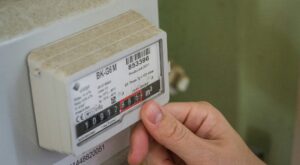
Credit: Unsplash
It’s not just 100 pennies.
The phrase “the value of a dollar” gets tossed around a lot, usually in reference to teaching your kids about how money works. The problem with that particular turn of phrase is that it’s not really indicative of what the lesson is actually supposed to be. You ask a kid “do you know the value of a dollar,” and they’ll probably say “100 pennies.” It’s too literal. Instead of teaching your kids the value of a dollar, try teaching them the application of a dollar.
Let’s say for example you and your kid go to the toy store (do kids still like toy stores…?). They see a doll they want and ask for it. Now, to the kid, it’s just a matter of “I want this thing and I just need to ask nicely for it,” but for you, it’s twenty bucks. Don’t just buy the doll no questions asked, tell your kid precisely how much this doll costs and where that money comes from.
To make this lesson more effective, you should give your kid an allowance. When they want the toy, they pay for it themselves, and when they do so, they will undoubtedly realize that when they spend their money on stuff, they have less money. Obviously, I’m not saying kids shouldn’t get a nice thing once in a while, but it’s important for them to realize that the money that pays for nice things doesn’t come out of nowhere.
The application of a dollar, rather than the value, is that a dollar is exhausted when you need to obtain something. Money is not an infinite wellspring, and with that knowledge will undoubtedly come a little more care in how your kids utilize their money (or your money).








